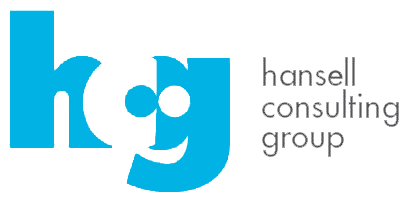Effective communication is the biggest difference-maker for organizations aiming to improve their employees' engagement, health, and productivity. Keep these timeless truths in mind as you design and implement your wellness program.
Offering health-related programs that align with corporate strategies and employee goals is smart, but those programs should be considered the icing. The cake - the foundation for behavior change and real progress - is creative, persuasive communication that gets people to notice the programs in the first place. But rather than receive spotlight treatment, communication is often an afterthought.
A better strategy is to embrace a basic tenet of communication: No information can be absorbed, learned, used, or shared without a connection between two sides - a sender and a receiver. Organizations typically spend time thinking about the sender (their own wellness strategies) and about the receiver (what employees need to hear).
But they generally don't consider ways to maximize links between the two - how, when, and where to deliver targeted messages that resonate with each employee. The primary axiom to effective communication is Less is more. Think "telegraph message."
Our average attention span is roughly the time it has taken you to read this sentence. "You only have a minute to gain their attention" is an incorrect maxim. You have about 2.7 seconds. And then you have to keep their interest so they can act upon your communication? That's not easy, to say the least.
You're trying to reach employees at the same time they're updating some files while instant messaging with co-workers while straightening up their desks while listening to a conference call. Do they have a minute? Actually, no. So how can you get employees to view - let alone read - your workplace communication?
Many employees turn a deaf ear to anything involving topics they don't understand fully. So when they see an email about important changes to the company's healthcare plan, for example, their tendency is to delay reading it until they absolutely must. (Example of a teaser that would get attention: "Are your prescription prices changing next month?")
More companies and communities are realizing the antidote is a one-two combination - brevity and clarity. Think teasers. Think billboard. Make your messages easy and scannable. Cut your articles to 100 words. Get your videos down to one minute, max. Stick to one concept.
Of course there are more ways in which to maximize on employee communications. Using plain language, being creative up front, and clarity help design an effective strategy.
